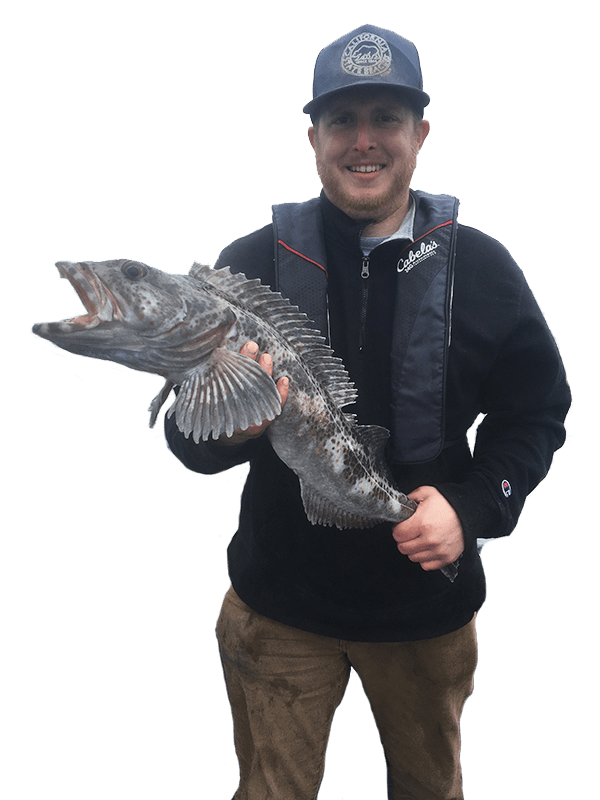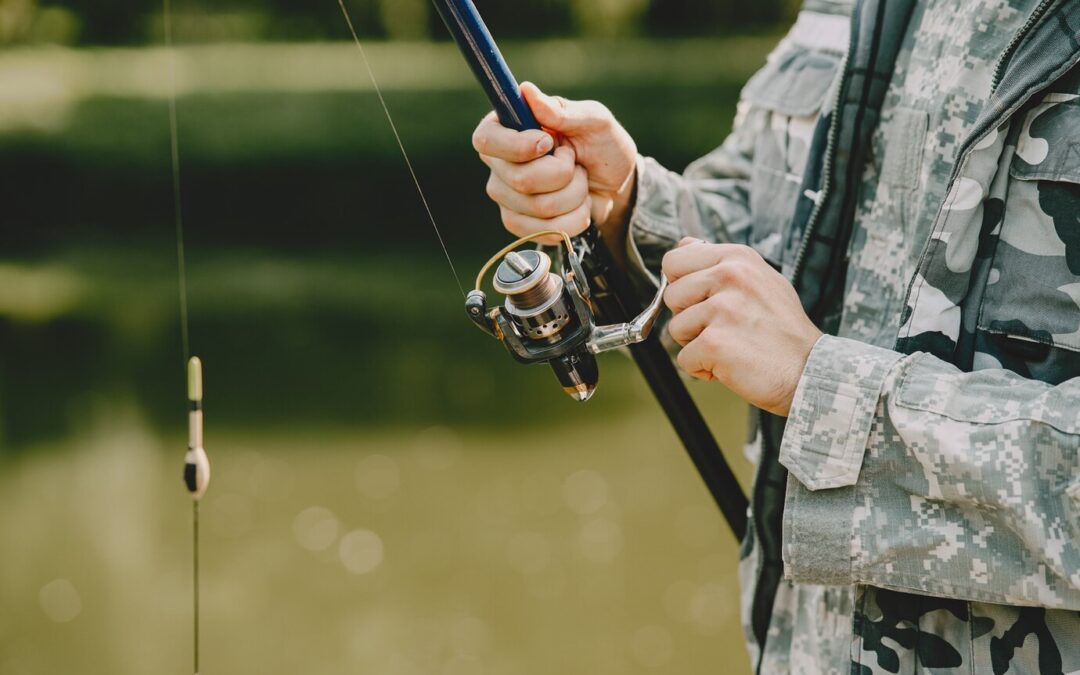Conservation and Catch-and-Release Practices in Oregon: How to Fish Responsibly
Fishing in Oregon is not just a pastime; it is an integral part of the state’s culture and heritage. With its diverse aquatic ecosystems, from coastal waters to mountain lakes and rivers, Oregon offers a wealth of opportunities for anglers. However, with great fishing comes the responsibility of ensuring that fish populations remain healthy for future generations. This is where conservation and catch-and-release practices come into play. Here’s a comprehensive guide on how to fish responsibly in Oregon.
Understanding the Importance of Conservation
Conservation is essential for maintaining healthy fish populations and ensuring that aquatic ecosystems remain balanced. Overfishing, habitat destruction, and pollution can severely impact fish species and their habitats. By practicing conservation, anglers can help protect these ecosystems and contribute to the sustainability of fish populations.

Key Conservation Practices:
Follow Fishing Regulations: Always adhere to local fishing regulations, including size and bag limits, seasonal closures, and gear restrictions. These rules are designed to protect fish populations and their habitats. Regulations are often based on scientific research and aim to maintain fish populations at sustainable levels. Ignoring these regulations can lead to overfishing, which can have severe consequences for fish populations and the broader ecosystem.
Respect Habitat: Avoid disturbing natural habitats, such as spawning grounds and vegetation. Use established trails and boat launches to minimize your impact on the environment. When fishing from the shore, be mindful of where you step to avoid trampling sensitive vegetation. In rivers and streams, avoid wading through spawning areas where fish lay their eggs. Disturbing these areas can destroy eggs and larvae, reducing the number of fish that reach maturity.
Participate in Clean-Up Efforts: Join local conservation groups in cleanup events to help keep waterways clean and free of trash and pollutants. Litter, especially plastic waste, can be harmful to aquatic life. Participating in clean-up efforts helps to remove this threat from the environment. By volunteering your time, you can make a tangible difference in preserving the natural beauty and health of Oregon’s water bodies.
Catch-and-Release Practices
Catch-and-release fishing is a valuable conservation tool that helps maintain fish populations by allowing caught fish to be returned to the water unharmed. Proper catch-and-release techniques are crucial to ensuring the fish’s survival.
Steps for Effective Catch-and-Release:
Use Barbless Hooks: Barbless hooks are easier to remove and cause less injury to the fish. You can either purchase barbless hooks or crimp the barbs on your existing hooks. Using barbless hooks minimizes damage to the fish’s mouth and reduces the stress of being caught. This increases the fish’s chances of survival after release.
Handle Fish with Care: Wet your hands before handling fish to avoid damaging their protective slime coat. Use a gentle grip and avoid squeezing the fish. The slime coat protects fish from infections and parasites. Handling fish with dry hands or squeezing them can remove this protective layer and leave them vulnerable to disease.
Minimize Air Exposure: Keep the fish in the water as much as possible. If you need to take a photo, be quick and return the fish to the water promptly. Fish can only survive out of water for a short period. Prolonged exposure to air can cause stress and reduce their chances of survival upon release.
Proper Hook Removal: Use pliers or a hook remover to carefully remove the hook. If the hook is deeply embedded, it may be better to cut the line close to the hook and leave it in place. Removing a deeply embedded hook can cause significant injury to the fish. Cutting the line allows the fish to be released with minimal harm.
Revive the Fish: Hold the fish in the water facing upstream to allow water to flow over its gills. Gently move the fish back and forth until it swims away on its own. This helps to oxygenate the fish and ensure it is strong enough to swim away. Releasing a fish without reviving it can result in the fish succumbing to exhaustion or shock.

Best Practices for Specific Environments
Oregon’s diverse fishing environments require different conservation and catch-and-release practices. Here are some tips for various types of fishing in Oregon:
River and Stream Fishing
Avoid Spawning Areas: During spawning season, avoid fishing in areas where fish are known to spawn to protect the next generation of fish. Spawning areas are critical for the reproduction of fish populations. Disturbing these areas can have long-term impacts on fish numbers.
Use Gentle Wading Techniques: Be mindful of your steps to avoid disturbing the riverbed and harming aquatic life. Walking through shallow water can stir up sediment and damage habitats for invertebrates and other aquatic organisms. Wading carefully helps to preserve these important habitats.
Lake Fishing
Practice Selective Harvesting: If you choose to keep fish, target non-native or invasive species and release native species to help maintain the ecological balance. Removing non-native species can help protect native fish populations from competition and predation.
Respect Shoreline Vegetation: Avoid trampling vegetation around lakeshores, as it provides important habitat for fish and other wildlife. Vegetation along the shoreline helps to stabilize the soil and provides shelter for young fish. Protecting these areas is crucial for maintaining a healthy ecosystem.
Coastal and Estuary Fishing
Follow Tidal Patterns: Be aware of tidal changes and fish during appropriate times to minimize stress on fish. Fishing during high tide can be more productive and reduces the chance of fish being stranded in shallow waters.
Use Circle Hooks: Circle hooks are less likely to cause deep hooking, making them ideal for catch-and-release in saltwater environments. Circle hooks are designed to hook fish in the corner of the mouth, which reduces injury and increases the chances of survival upon release.
Education and Advocacy
Educating yourself and others about responsible fishing practices is a key component of conservation. Share your knowledge with fellow anglers and encourage them to adopt sustainable fishing practices. Participating in local conservation groups and supporting fisheries management efforts can also make a significant impact.
Ways to Get Involved:
Join Conservation Organizations: Become a member of local or national conservation organizations dedicated to protecting fish and their habitats. These organizations work to preserve aquatic ecosystems through research, advocacy, and habitat restoration projects.
Attend Workshops and Seminars: Participate in educational events to learn more about sustainable fishing practices and conservation efforts. These events provide valuable information on how to fish responsibly and protect aquatic environments.
Advocate for Policies: Support policies and regulations that promote sustainable fishing and habitat protection. Engage with policymakers and participate in public consultations to ensure that the voices of responsible anglers are heard.

The Role of Technology in Conservation
Modern technology can also play a role in promoting conservation and responsible fishing practices. Here are some ways technology can help:
Fishing Apps
Many fishing apps provide information on fishing regulations, weather conditions, and best practices for catch-and-release. These apps can help anglers stay informed and make responsible decisions while fishing. They can also provide real-time data on fish populations and environmental conditions, helping to guide sustainable fishing practices.
GPS and Mapping Tools
GPS devices and mapping tools can help anglers locate fishing spots while avoiding sensitive habitats. They can also assist in tracking fishing activity and monitoring changes in fish populations. Using these tools can help anglers fish more efficiently and reduce their impact on the environment.
Social Media and Online Communities
Social media platforms and online fishing communities can be powerful tools for spreading awareness about conservation. Sharing stories, photos, and tips on responsible fishing can inspire others to adopt sustainable practices. Online forums and groups provide a space for anglers to share their experiences and learn from one another.
Fishing responsibly in Oregon is about more than just enjoying the sport; it’s about preserving the natural beauty and biodiversity of the state’s aquatic ecosystems. By practicing conservation and effective catch-and-release techniques, anglers can help ensure that fish populations remain healthy and vibrant for generations to come. Whether you’re fishing in a river, lake, or coastal area, always be mindful of your impact on the environment and strive to be a steward of the waters you cherish. Through education, advocacy, and the use of modern technology, we can all contribute to the sustainable future of fishing in Oregon. By working together and adopting responsible fishing practices, we can protect Oregon’s aquatic resources and ensure that the state’s rich fishing heritage is preserved for future generations to enjoy.
Schedule your Oregon Fishing Charter Today!



Recent Comments